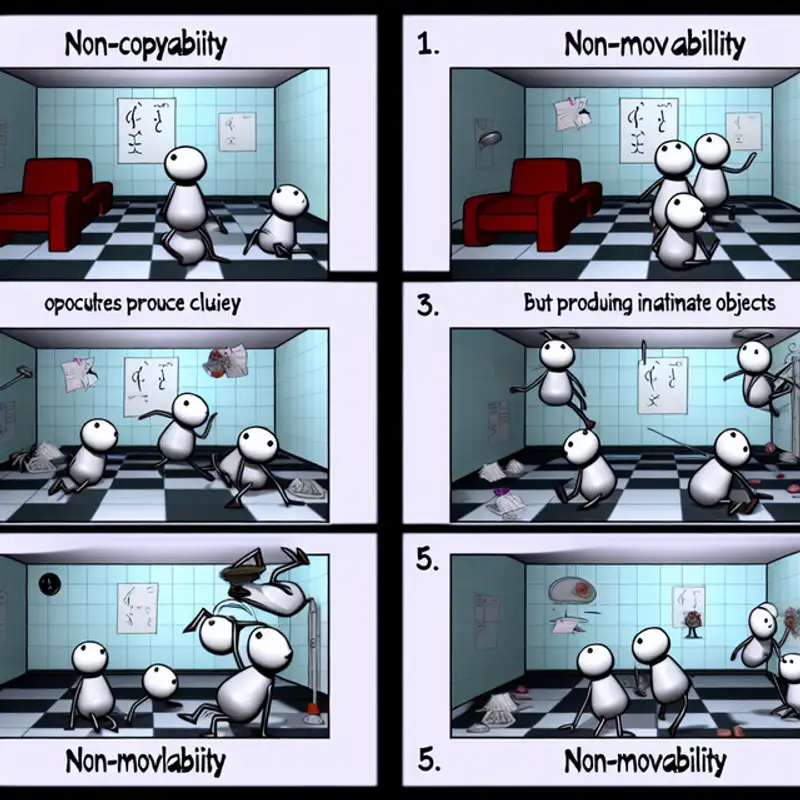 Episode
Episode
· 01:43
In Sandor Dargo's blog article, the author discusses various strategies to enforce that a class in C++ is either non-copyable or non-movable, highlighting the importance of using such constraints for different class types, such as resource classes and singleton classes. Dargo introduces the concept of special member functions (SMFs) and emphasizes the relevance of the "Rule of Five" in C++. The article outlines a few methodologies to implement these constraints, including deleting unnecessary SMFs and retrieving documentation on intentions via C++26 features. Additionally, the article proposes using type traits to ensure certain class characteristics and suggests utilizing inheritance to streamline the process. The article concludes by offering practical coding examples and summarizing the discussed approaches.
Key Points:
Listen to jawbreaker.io using one of many popular podcasting apps or directories.